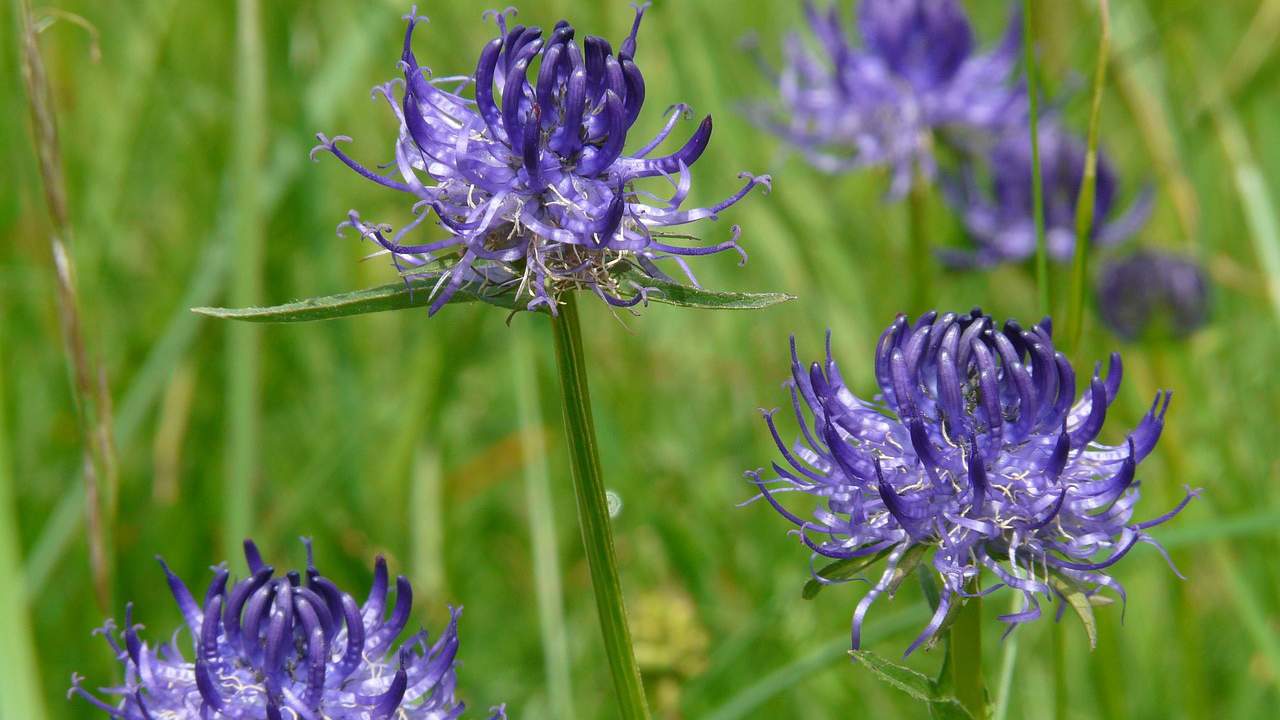On the other hand, an African plant with an infernal name hides many benefits and some contraindications.
Devil’s claw-based cream from Pixabay, OrizzontEnergia site
Although the name may be misleading, in reality the devil’s claw has great beneficial properties. This African plant, with an infernal name, is instead a remedy for many ailments, and is in fact used successfully in the medical field.
However, like everything present in nature, even the devil’s claw has contraindications. Let’s see together, therefore, when it is good to use it and when it is better to do without it.
Its properties are good for the skin
Devil’s claw from Pixabay, OrizzontEnergia website
As we have mentioned, the devil’s claw, whose scientific name is Harpagophytum procumbens, is a plant that belongs to the Pedaliaceae family. Like so many herbs found in naturehas natural beneficial properties.
For medicinal purposes, man uses both its tubers and its roots. It is native to Africa, it is found above all in Namibia and in the Kalahari desert area. From southern Africa also originates one of the most colorful plants there are.
In its own land it has found great success for its healing properties. The populations of those regions have in fact used it for centuries to soothe pain and relieve inflammation. Usually the part of the plant that is used is the root. Instead it is the fruit that gives it this particular name.
The fruit, in fact, is equipped with rigid points, like hooks, similar to a claw. When animals, especially rodents, get too close, they can become trapped in roots, eventually starving to death. The removal of the claw, once stuck in the flesh, causes pain, to the point of earning the nickname “the devil”.
As mentioned, the part of the plant used for medicinal purposes is the root. It contains numerous active elements such as chlorogenic acid, caffeic acid, procumbide and harpagoside, capable of acting as a natural analgesic and anti-inflammatory. In fact they can soothe pain and inflammation especially in cases of osteoarthritis, arthritis, tendonitis, sciatica and low back pain.
Devil’s claw is also effective for fighting cholesterol and helping blood circulation, for relieving menstrual pain and as a dermatological support against eczema and psoriasis.
Usually, devil’s claw is administered as a dietary supplement, in capsules or as a liquid extract.
Butterfly on Devil’s Claw from Pixabay, OrizzontEnergia website
To improve the well-being of the skin, it can be found in the form of creams, gels, ointments or ointments, to be applied directly to the inflamed part to soothe pain and inflammation. However, it should be noted that devil’s claw can have side effects.
For example, it is not advisable to administer it if you are pregnant and breastfeeding, or if you have liver or gallbladder disease.
